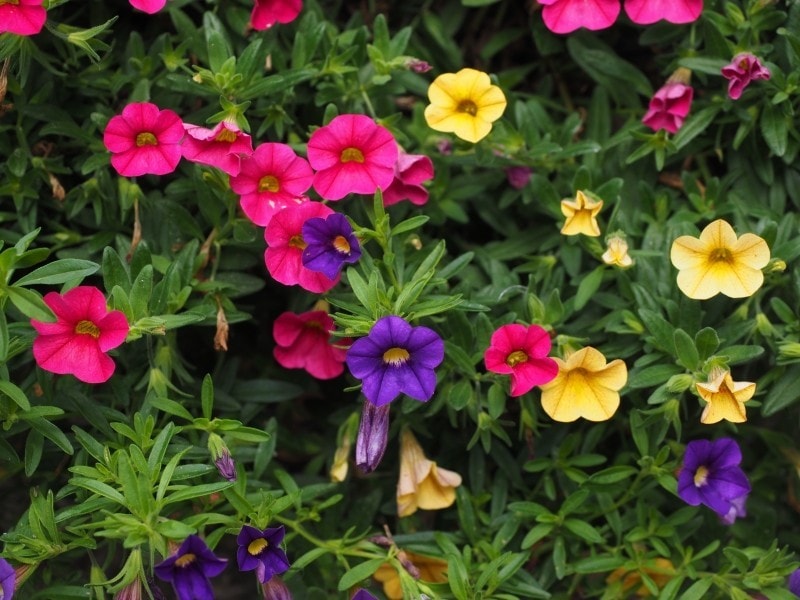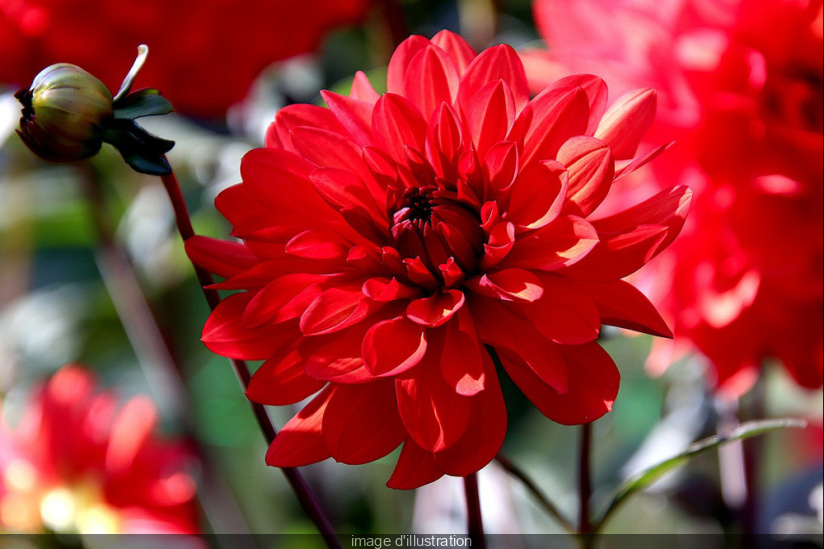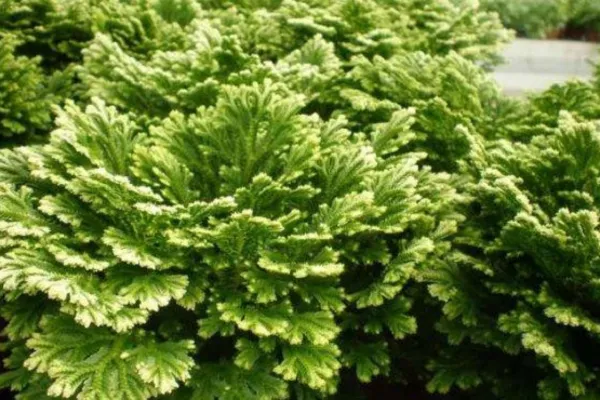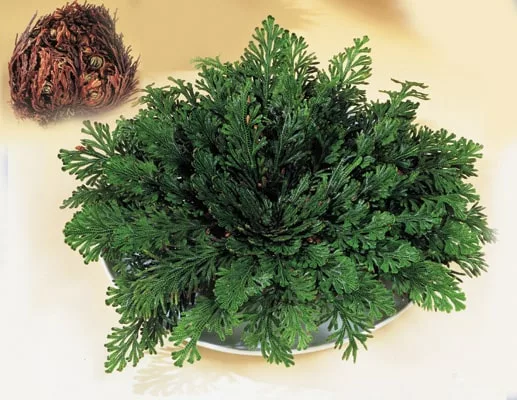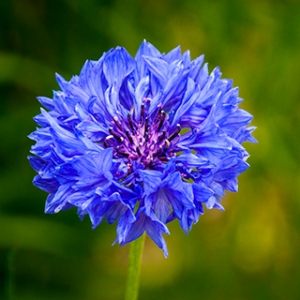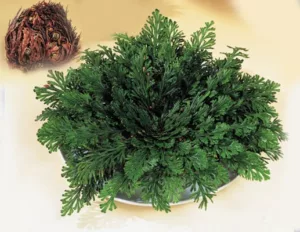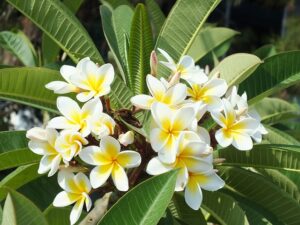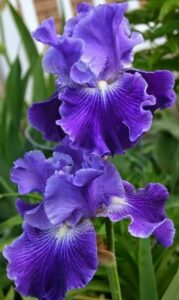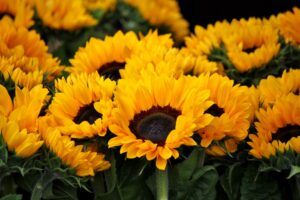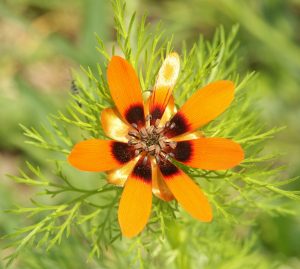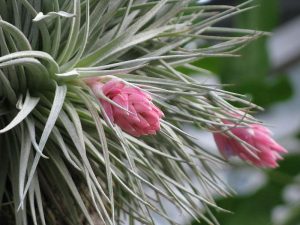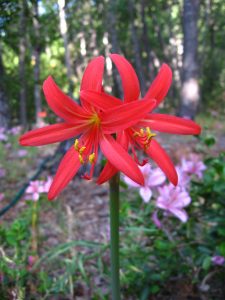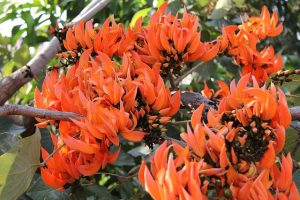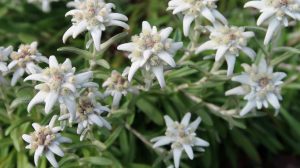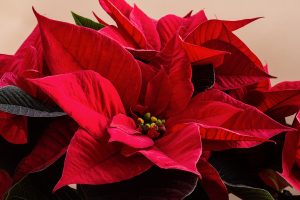Petunias: characteristics, varieties and forms of cultivation
If you really want a beautiful garden full of colors and joy, the petunias have to be part of it. These flowers have an amazing variety of colors. It is currently considered a queen plant of European gardens. In this article we will talk about the characteristics, varieties and ways of growing petunias. Keep reading, you will not regret it.
The petunias
At the beginning of the XVI century the Spanish conquerors discovered petunias in South America, a plant that in Tupi-Guarani language was called ‘petun’, the translation was ‘useless tobacco plant’ due to its resemblance to that of tobacco. Currently more than 35 species of petunias are recognized.
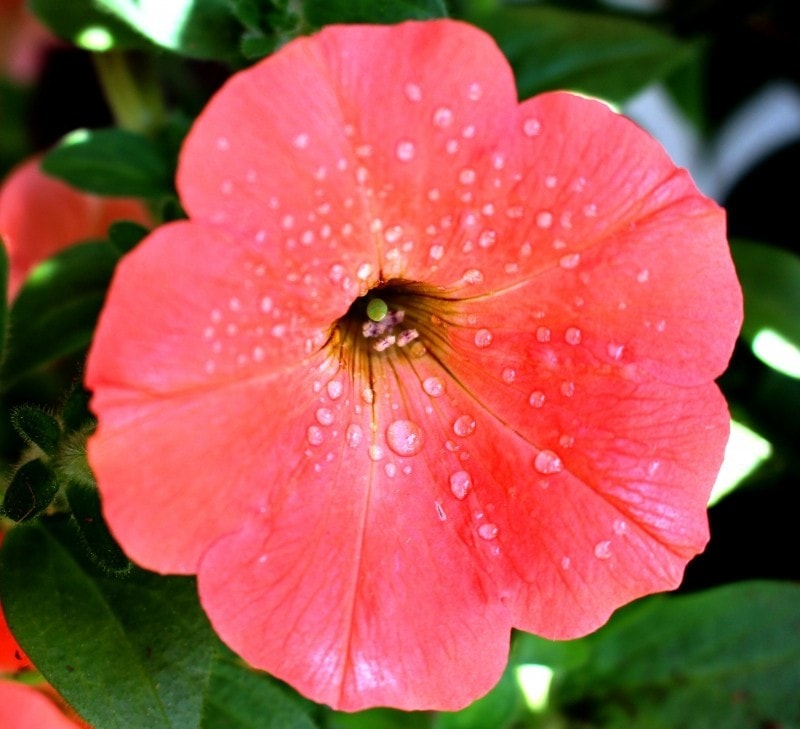
The petunias are native to Brazil and Argentina. Its scientific name is Petunia hybrida and grows approximately 30 to 50 centimeters and are very leafy. These plants are herbaceous perennial type that are part of the Solanaceae family. Its flowers can be single or double, and have wavy or smooth edges. Their colors are very varied, because they can be white, blue, violet, red, yellow, or combinations of several of these colors. They usually bloom in spring, but some can also do it in summer. The leaves of the plant are arranged alternately or opposite, are oval or elongated, with full edges and light green.
Care and reproduction
Petunias are very resistant plants, with basic care you can enjoy their flowers in your home or garden. To plant it you must first choose the right place. If it is in a garden, you can use a large pot. Keep in mind that between them there should be an approximate distance of 25cm, so that they have enough space to grow. Preferably place it in a place where it is directly exposed to the sun and protected from wind and rain, as the water weakens and withers its flowers. When you see a wither, you must remove it to avoid affecting others.
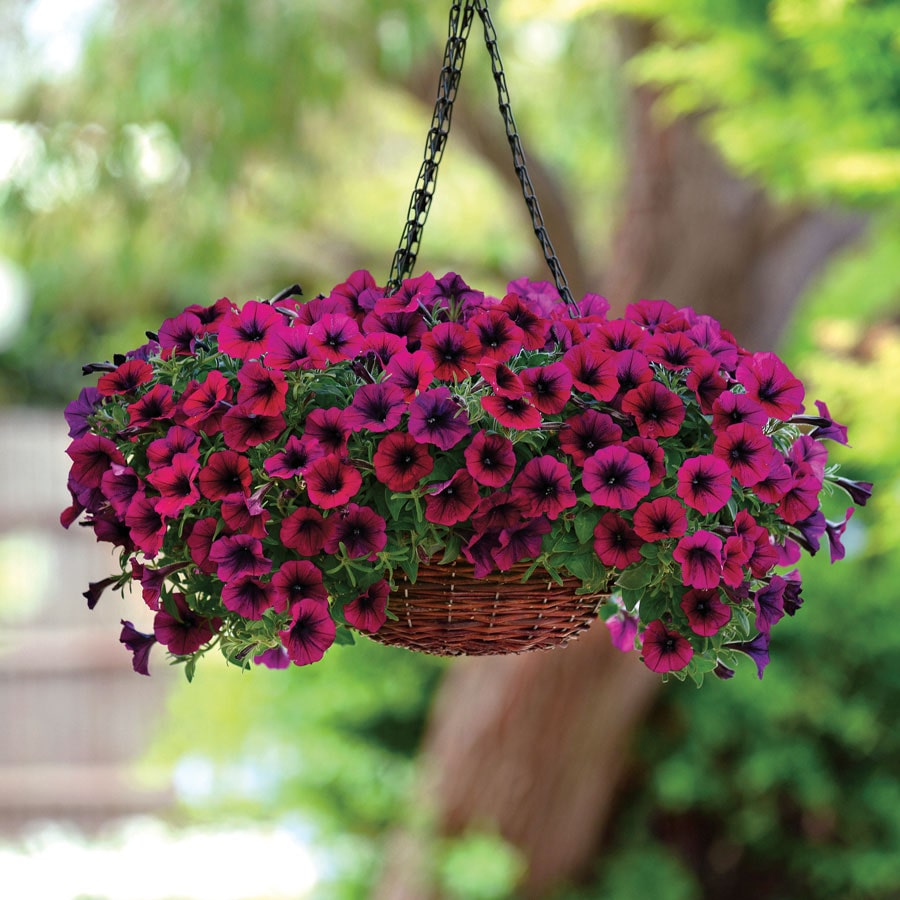
If you are going to put it on the balcony or terrace you can use hanging pots. When the stems drag the soil you must prune it to provide greater vigor and health.
As for watering, you can water them daily in the afternoon, without wetting the flowers. However, it must have good drainage, and use fertilizer once a week from spring to summer, that is, in its flowering stage. It uses fertilizers rich in phosphorus, to favor the growth of the plant.
Petunias are multiplied by seeds, you must sow them in the autumn or early spring. The Petunia species are pollinated by insects, except Petunia exserta, a rare species of red flowers, whose pollinator is the hummingbird.
Classification
For a better classification of the petunias, four large groups are established:
Petunia Multiflora
This is the most abundant variety because they are very resistant to low temperatures and heavy rains. They have a wide variety of shades, including white, red, violet, pink and light green. They differ by having a more shrubby, compact growth and produce a more abundant flowering. Its flowers are smaller, about 5 cm. diameter.
Petunia Miniflora
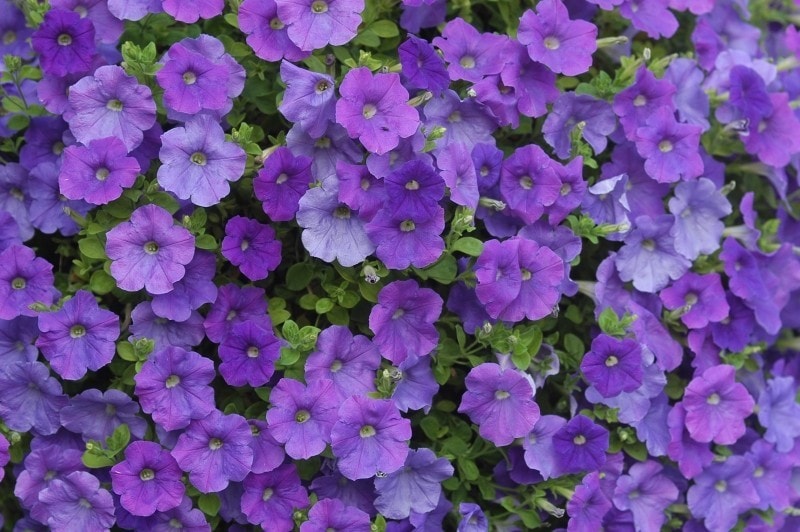
It is a hybrid born in the South American regions. Its most frequent colors are pink, white, violet and red. Its size facilitates being cultivated in pots, as well as patios and terraces of reduced space.
Petunia Grandiflora
These plants have large flowers of 8 to 10 cm. in diameter, but they are not as abundant as the multiflora variety. For potting, you need a pot of about 10 centimeters, and you need to apply compost or other organic fertilizer for healthy growth. The color tone of the flowers varies from white or pink to red, giving rise also to thin bands of white characteristics of this variety.
Petunia Integrifolia
This variety can easily reach 60 cm in height, with a similar width and its flowers can be pink, violet and light green.
Petunia Hybrida
The term “hybrida” is scientifically attributed to any hybrid petunia species, mostly from crosses between integrifolias or violaceous petunias native to Brazil and the Petunia axillaris species from Argentina.
Uses
Petunias are used mainly for decorating gardens and interiors.
Meaning
The petunia is one of the many flowers that represents love, but it has a particularly strong value: it symbolizes a feeling that can not be hidden.
Plagues and diseases
The most frequent pests that affect aphids, spider mites, nematodes and the whitefly. Also the snails and slugs are attracted by the smell of their flowers, and eat the new buds preventing the flowering of the plant. Learn how to eliminate these pests here.
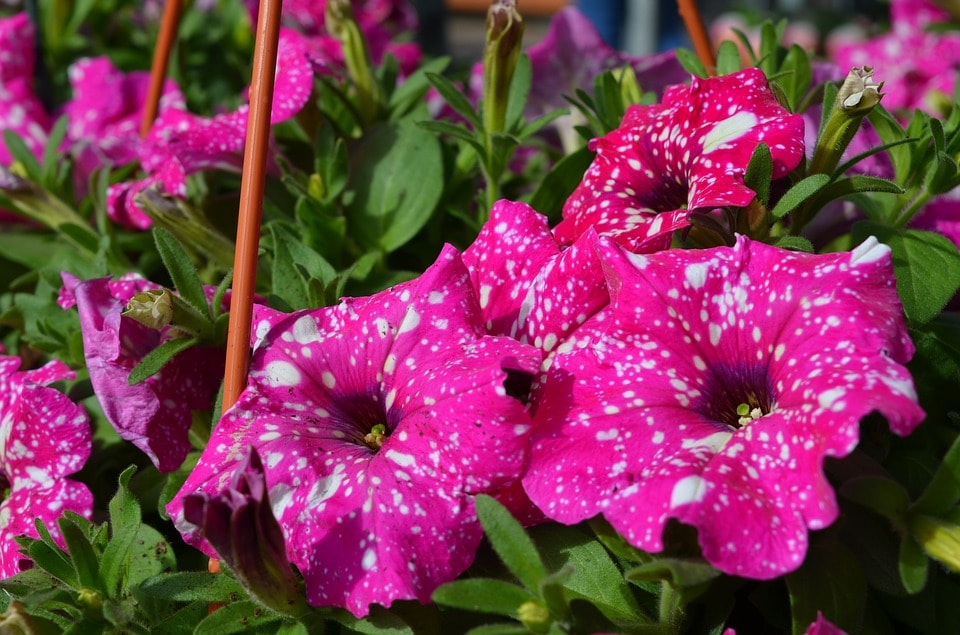
Sometimes the excess of water produces rottenness of the stems and roots. These plants need good irrigation to remain moist, but good drainage to avoid getting sick. Another problem is botrytis or gray mold. Try to eliminate dead flowers that are usually a focus of diseases.
Have you decided to plant petunias? Surely yes!!! Look at the options that I propose below.
Petunia Hybrida Mix - 5000 seeds
Phantom Petunia
200 seeds
Petunias of varied colors 200 seeds
Remember to like and share on your social networks if you liked this article. Leave us your comments here.![]()
Information sources: The Royal Horticultural Society (2004). Nueva Enciclopedia de Plantas y Flores. Ed. Grijalbo. Geoff Burnie, Sue Forrester, Denise Greig (2003). Botánica, Guía Ilustrada de Plantas. Ed. Könemann.
Share this content:
